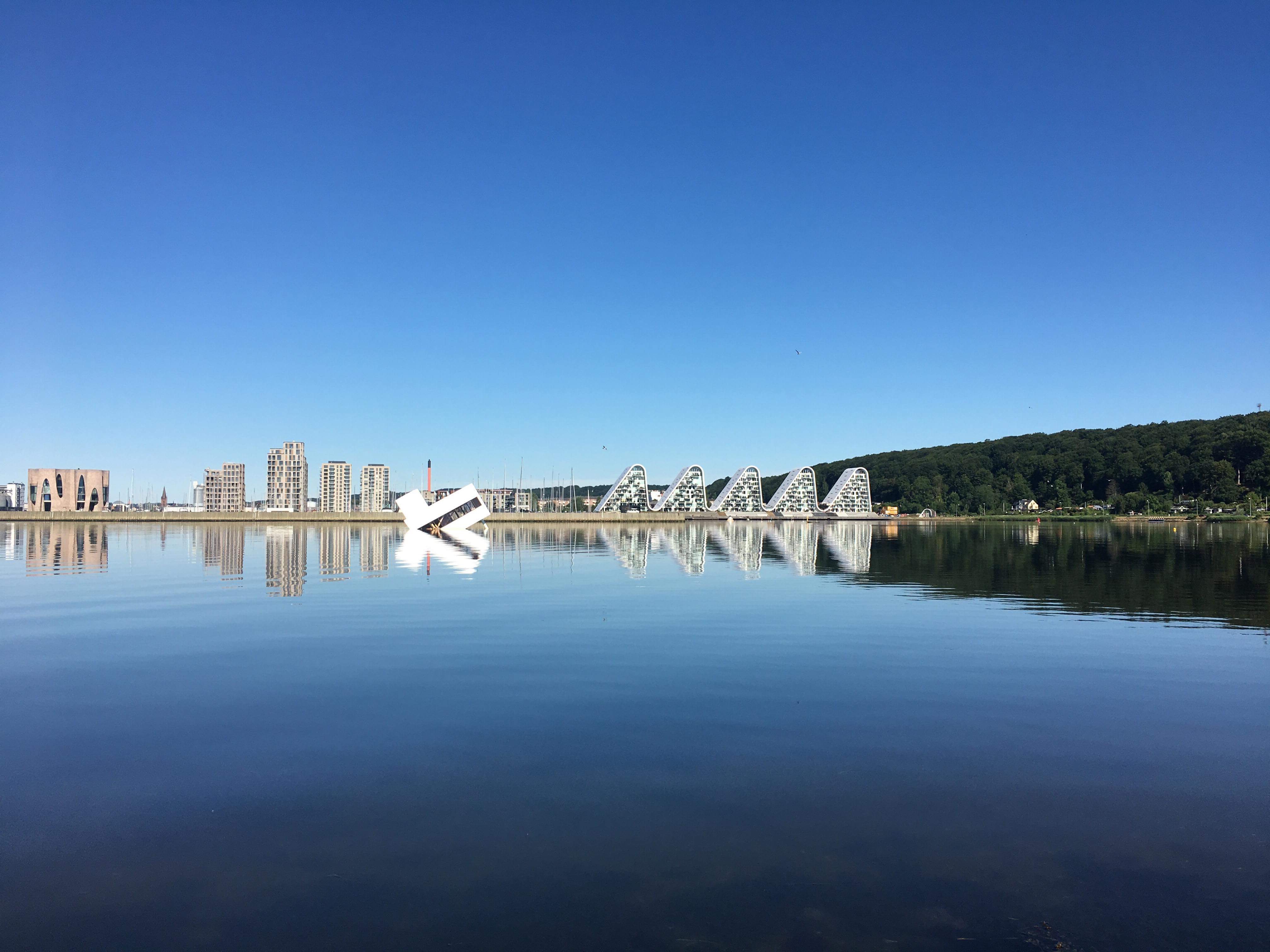Rethinking modern architectural icons with Havsteen-Mikkelsen
A new book published by Kerber explores the modernist perspectives of artist Asmund Havsteen-Mikkelsen through a series of cocktail-hour vignettes
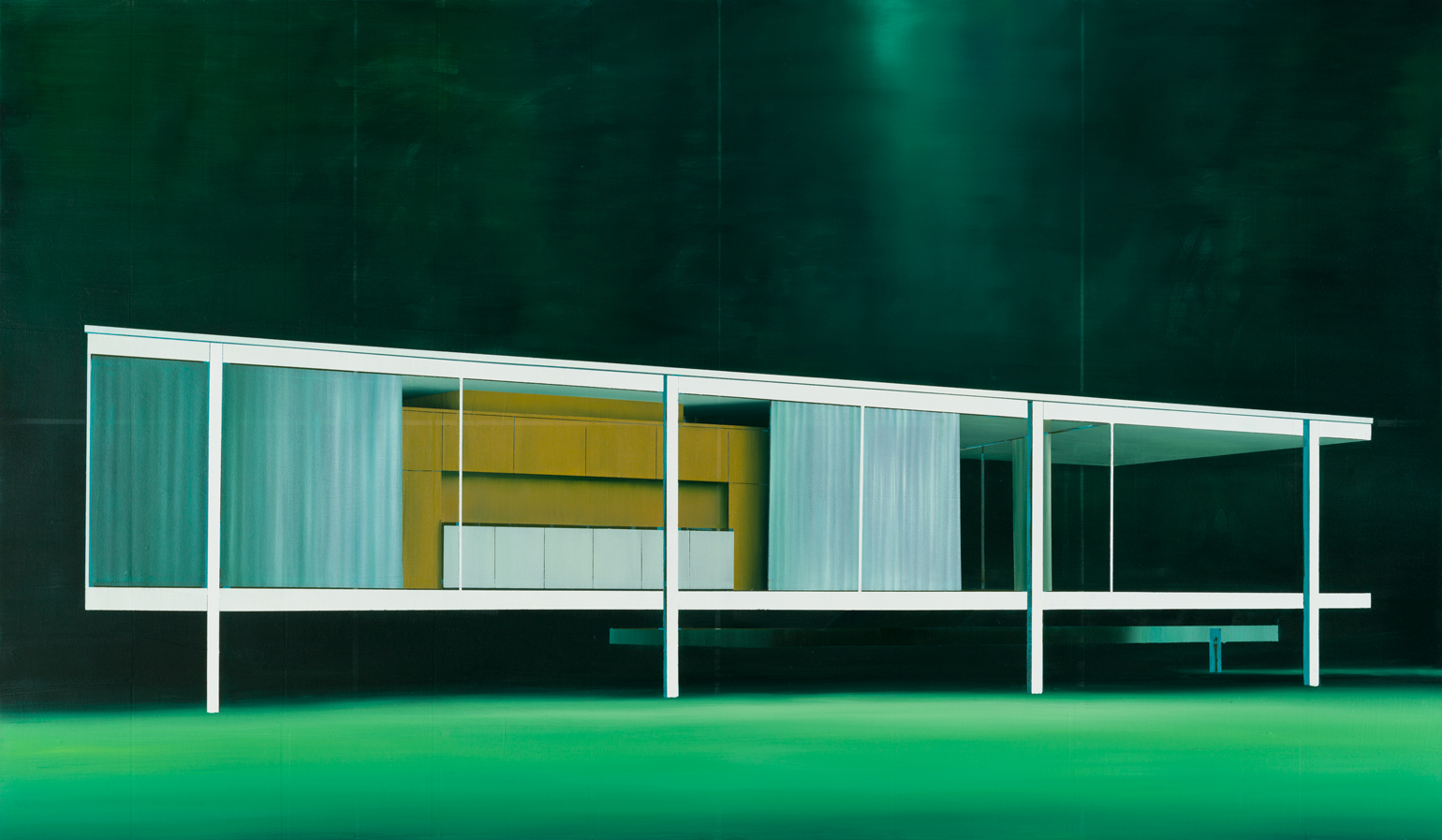
Last year, Copenhagen-based artist Asmund Havsteen-Mikkelsen sunk a 1:1 scale model of Le Corbusier’s Villa Savoye in a Danish fjord, for Vejle Museum’s Floating Art Festival, to a tidal wave of social media attention. ‘The project is a critical comment on the current status of modernity after the scandals of Cambridge Analytica, the Trump election, Putin’s interference in democratic elections, the advancement of right-wing radicals in Europe, and Brexit,’ the artist provocatively said at the time, serving to raise the level of digital fervor to a flood.
A quieter project celebrates the artist’s subtle side. Printed by small German arts publisher Kerber, Mentalscapes collects Havsteen-Mikkelsen’s painted depictions of modernist architecture and design, created over the last five years. The moody, cocktail-hour tones of the meditative book define the phrase ‘sight for sore eyes’. Each page turn offers a form of visual, architectural therapy.
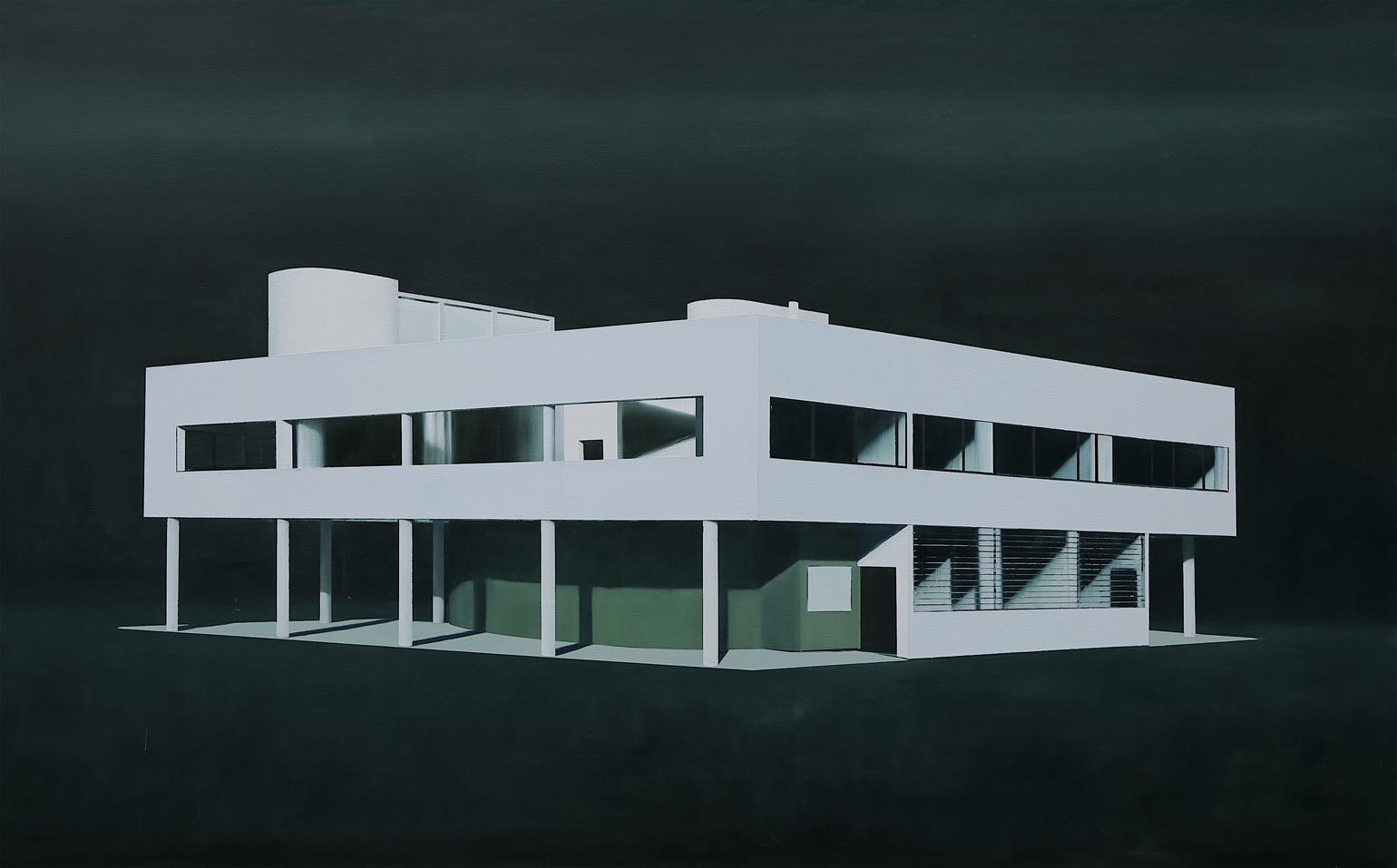
Deserting Desert Land, 2019, by Asmund Havsteen-Mikkelsen, from Mentalscapes
In the introduction, architecture historian Andreas Ruby sheds light on what these abstract ‘mentalscapes’ symbolise – and of course, they go deeper than their tonal tranquility and pleasing symmetry. ‘I understand the concept to be the possibility of giving a parallel existence to the material reality of architecture in a mental space where we can reflect, transform and redefine,’ Ruby writes. For instance, the colour palatte of sickly yellows, moon greys, and inhuman pinks, gives us the chance to see these famed structures in isolation; separate from the healthy, golden trees in their gardens, and the real-green of their front lawns.
RELATED STORY
Whether depicting Richard Neutra’s 1956 Chuey House, or Mies van de Rohe’s Farnsworth House (as seen in Mood Machine, pictured top) Havsteen-Mikkelsen’s buildings appear anything but inviting. They’re hawkish and closed; the observer can coolly look, provided they stand well clear of the front door. As opposed to painting from life, the artist often uses photography as his only reference (as he did with Julius Shulman’s immortalising images of Chuey House, for example), impacting this poised sense of distance. ‘He also eliminates the contemporary furniture and with it any hint of potential activity in the house,’ Ruby continues, ‘which seems to have capitulated to its own imminent disappearance in the darkness of the night.’
And so, as the structures become ghostly, alien and melancholy, the paintings become more intriguing, narrational, calming. They depict a surreal future that will never befall the buildings in real life, with their weathered walls, furniture rotations, and shifting owners. Bookended by a duet of dense and refining texts, written by Ruby and art historian Micheal Diers respectively, there’s a real sense of learning here. If using Mentalscapes as coffee table fodder, expect your guests to stay for more than one cup.
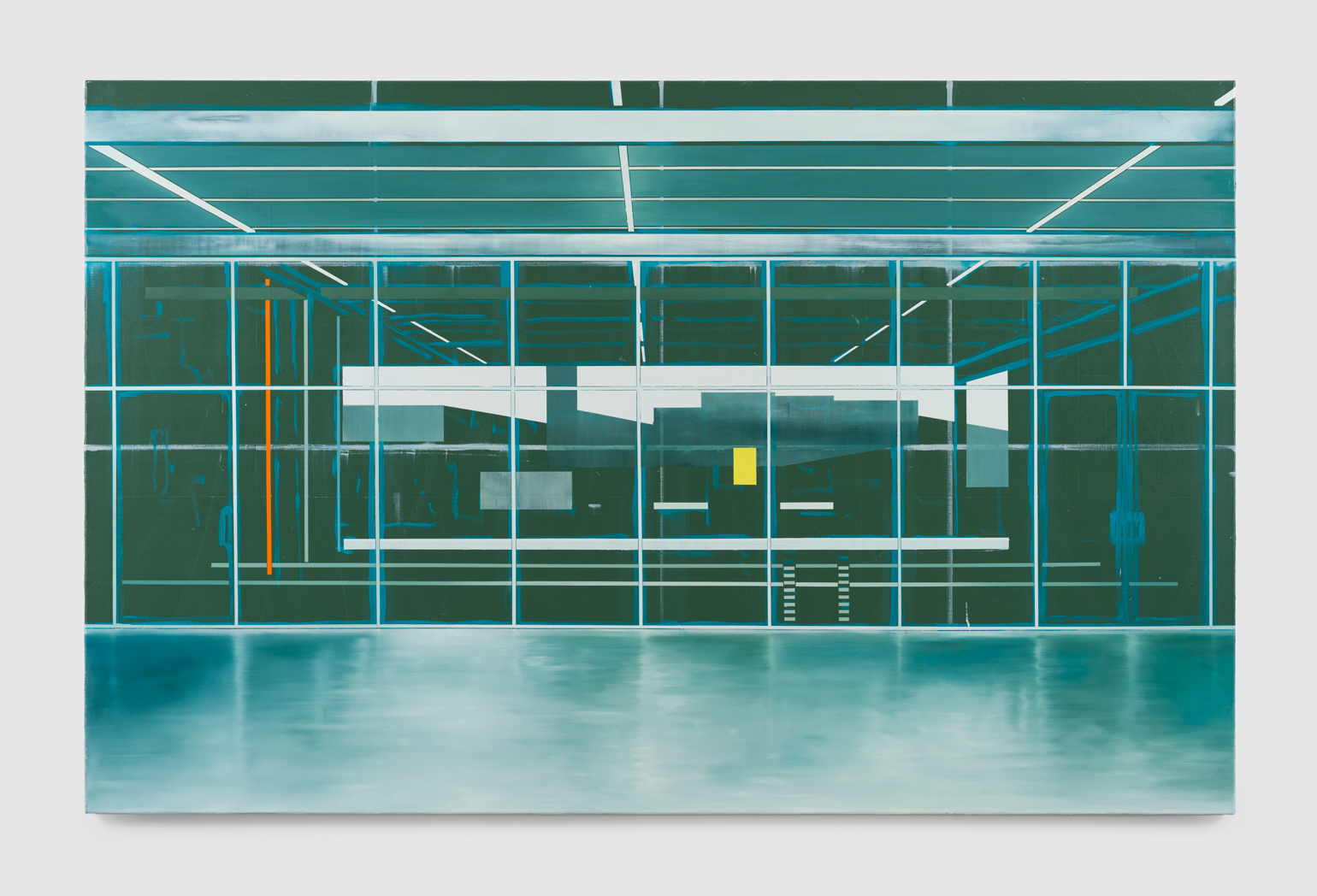
Demoltion Time, 2018, by Asmund Havsteen-Mikkelsen, from Mentalscapes
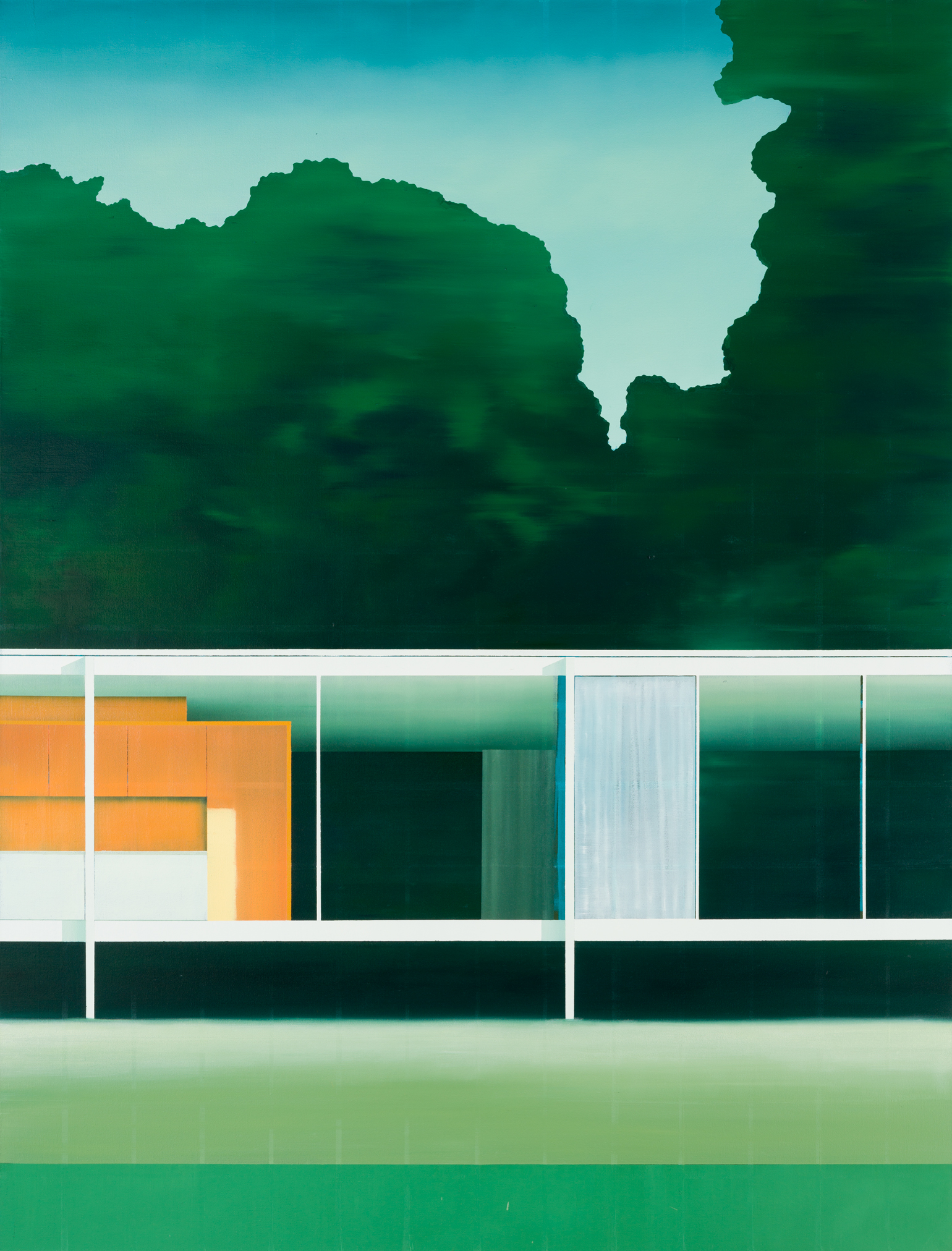
Space as Membrane, 2018, by Asmund Havsteen-Mikkelsen, from Mentalscapes
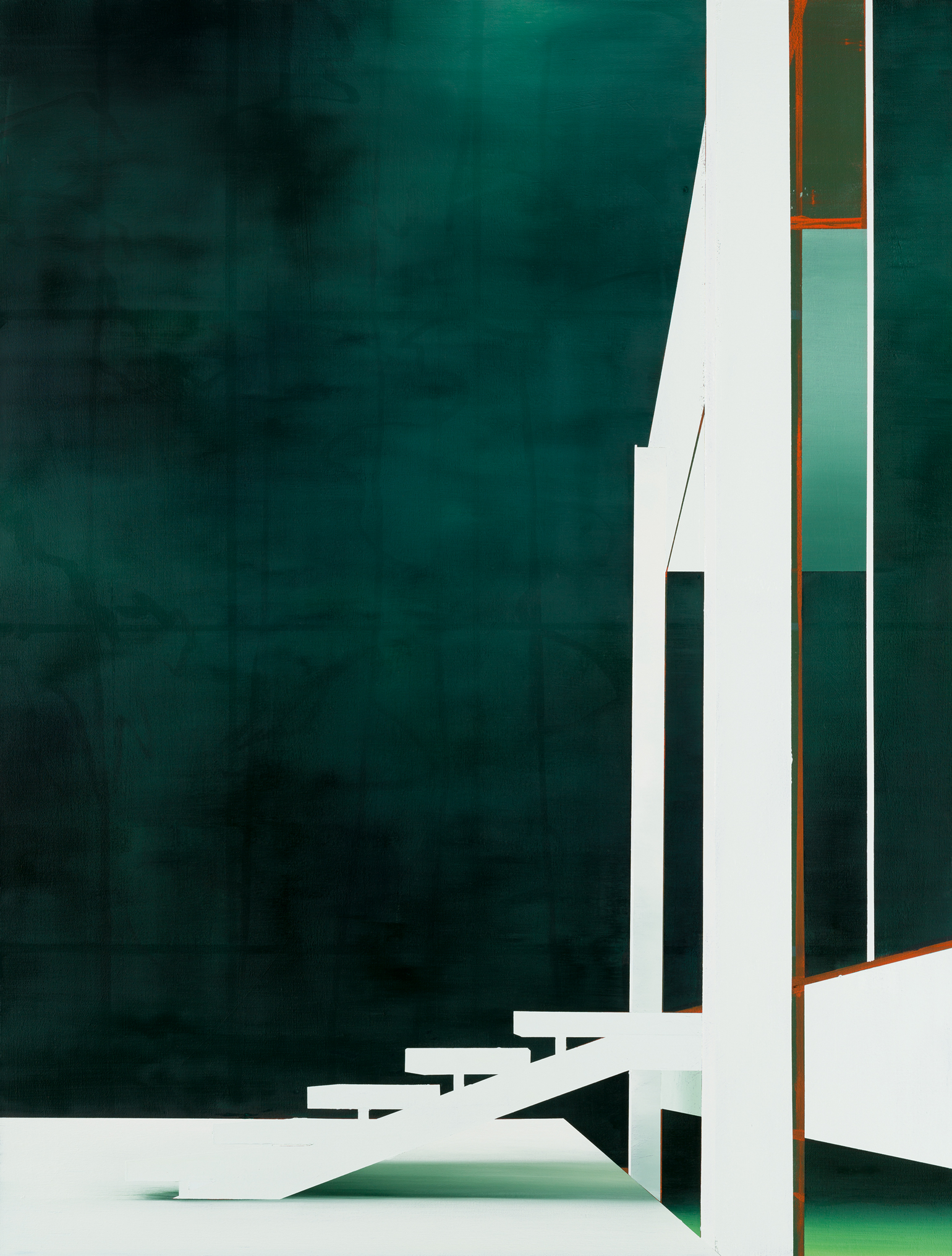
Channelling Forces, 2018, by Asmund Havsteen-Mikkelsen, from Mentalscapes
INFORMATION
Receive our daily digest of inspiration, escapism and design stories from around the world direct to your inbox.
Elly Parsons is the Digital Editor of Wallpaper*, where she oversees Wallpaper.com and its social platforms. She has been with the brand since 2015 in various roles, spending time as digital writer – specialising in art, technology and contemporary culture – and as deputy digital editor. She was shortlisted for a PPA Award in 2017, has written extensively for many publications, and has contributed to three books. She is a guest lecturer in digital journalism at Goldsmiths University, London, where she also holds a masters degree in creative writing. Now, her main areas of expertise include content strategy, audience engagement, and social media.
-
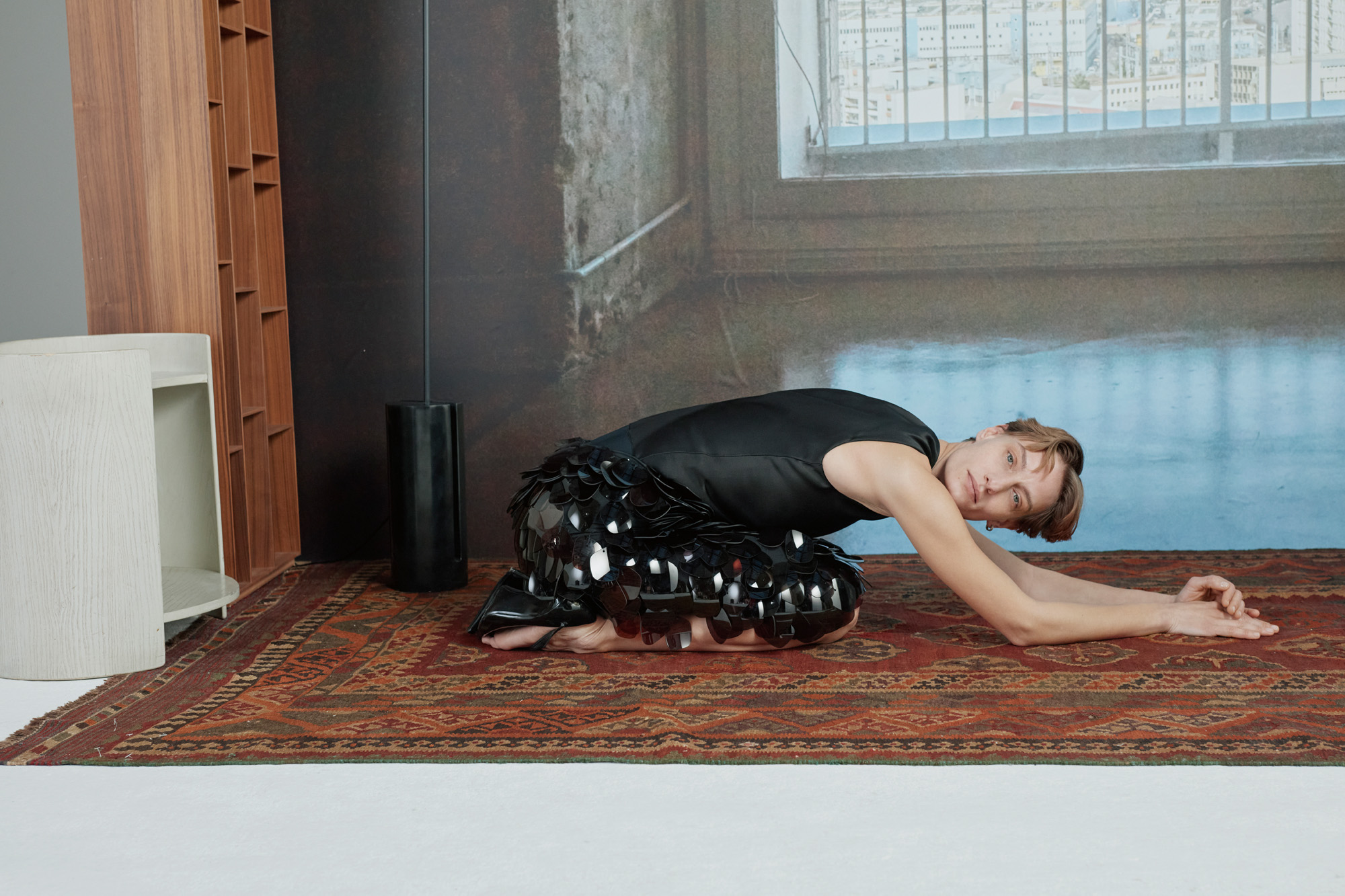 What one writer learnt in 2025 through exploring the ‘intimate, familiar’ wardrobes of ten friends
What one writer learnt in 2025 through exploring the ‘intimate, familiar’ wardrobes of ten friendsInspired by artist Sophie Calle, Colleen Kelsey’s ‘Wearing It Out’ sees the writer ask ten friends to tell the stories behind their most precious garments – from a wedding dress ordered on a whim to a pair of Prada Mary Janes
-
 Year in review: 2025’s top ten cars chosen by transport editor Jonathan Bell
Year in review: 2025’s top ten cars chosen by transport editor Jonathan BellWhat were our chosen conveyances in 2025? These ten cars impressed, either through their look and feel, style, sophistication or all-round practicality
-
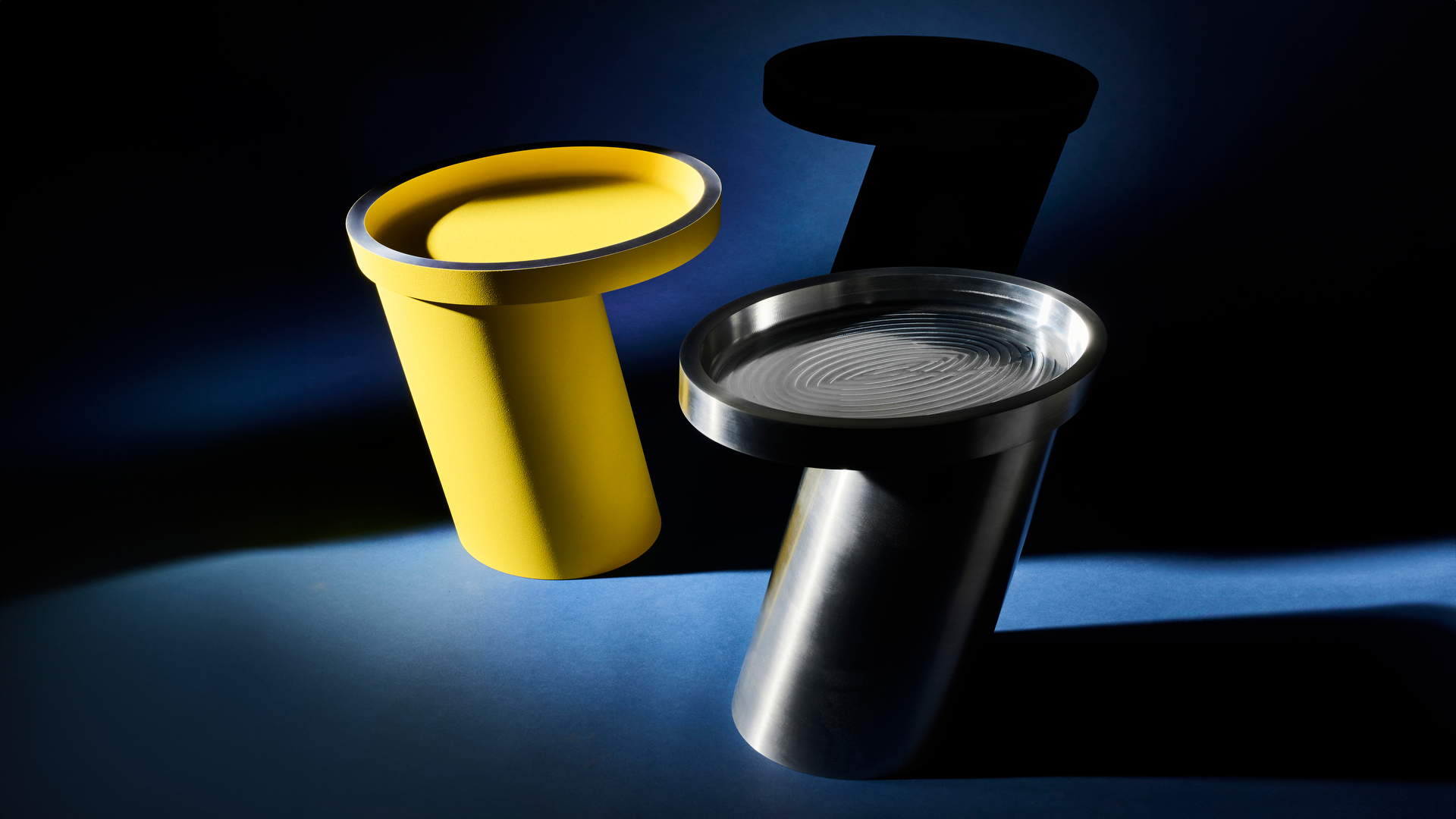 Eddie Olin's furniture that merges heavy metal with a side of playfulness
Eddie Olin's furniture that merges heavy metal with a side of playfulnessWallpaper* Future Icons: London-based designer and fabricator Eddie Olin's work celebrates the aesthetic value of engineering processes
-
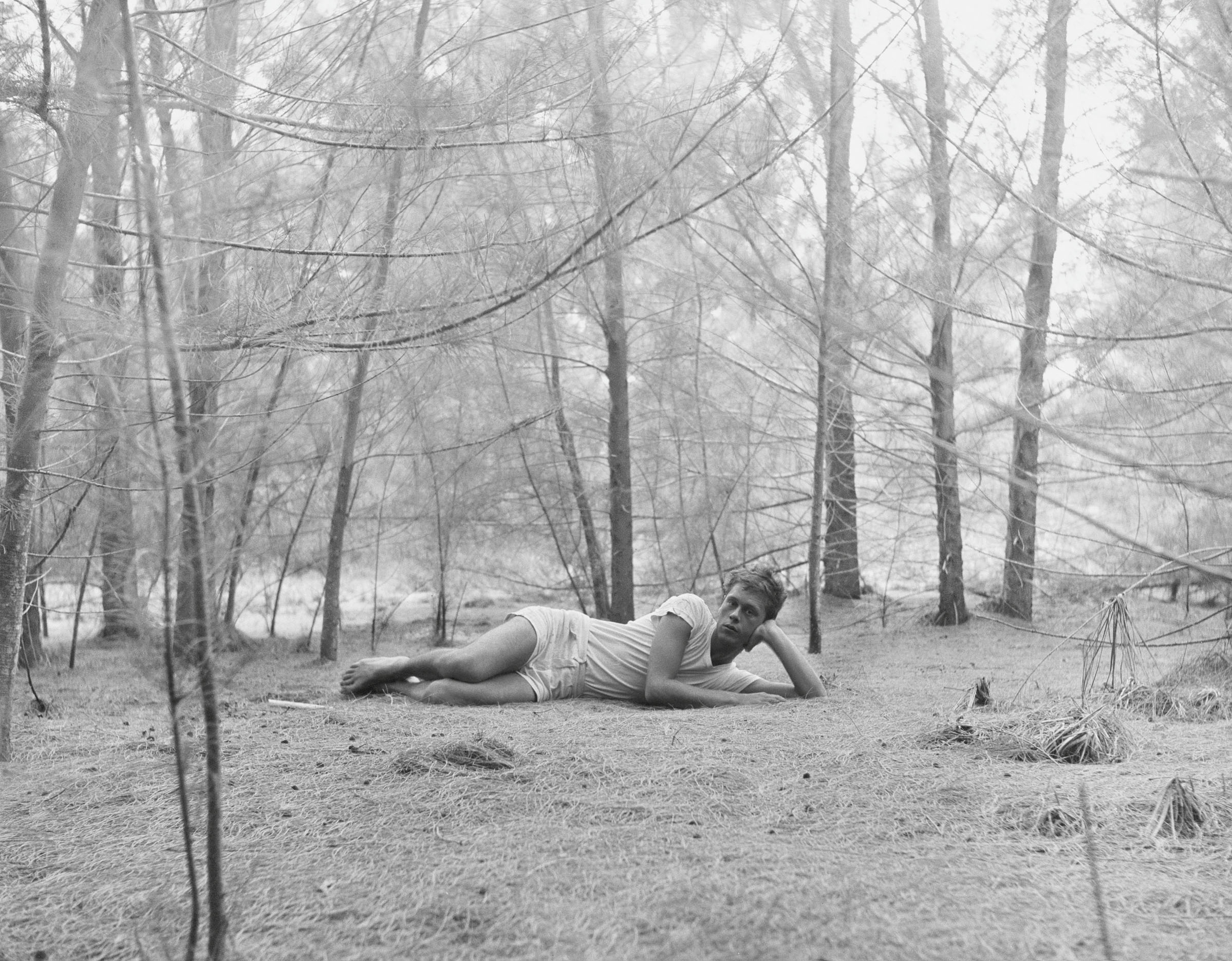 Inside the seductive and mischievous relationship between Paul Thek and Peter Hujar
Inside the seductive and mischievous relationship between Paul Thek and Peter HujarUntil now, little has been known about the deep friendship between artist Thek and photographer Hujar, something set to change with the release of their previously unpublished letters and photographs
-
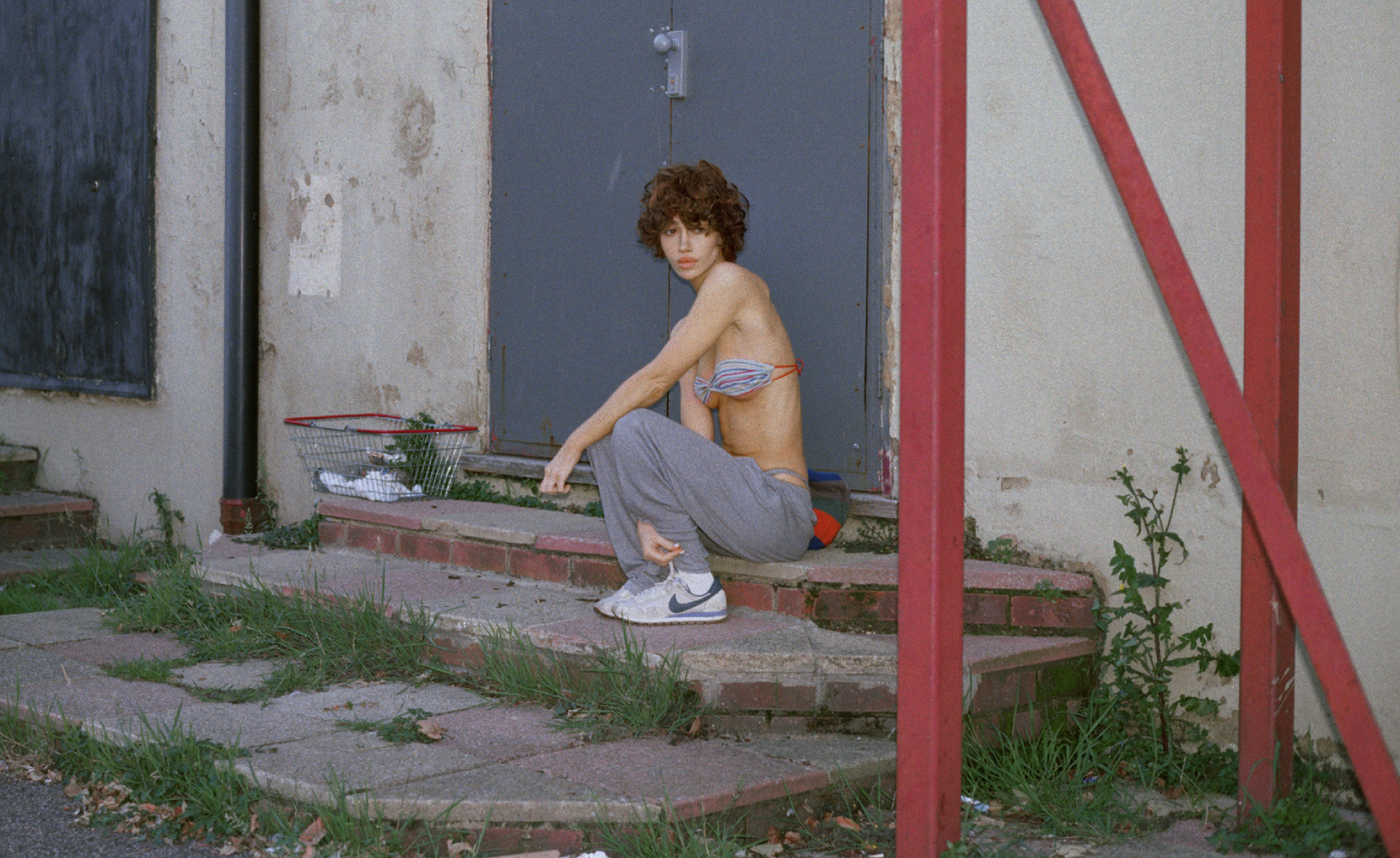 Nadia Lee Cohen distils a distant American memory into an unflinching new photo book
Nadia Lee Cohen distils a distant American memory into an unflinching new photo book‘Holy Ohio’ documents the British photographer and filmmaker’s personal journey as she reconnects with distant family and her earliest American memories
-
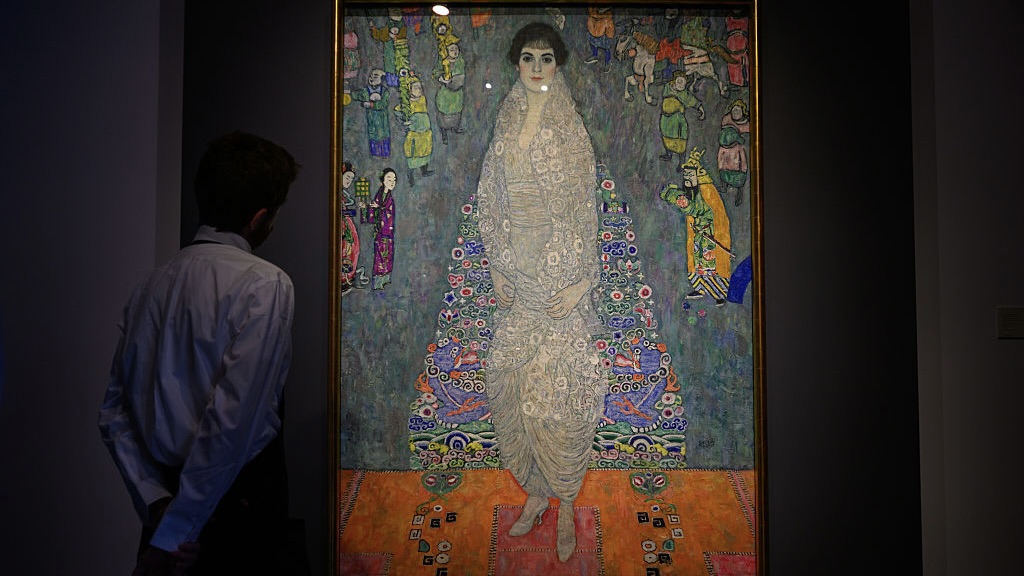 This Gustav Klimt painting just became the second most expensive artwork ever sold – it has an incredible backstory
This Gustav Klimt painting just became the second most expensive artwork ever sold – it has an incredible backstorySold by Sotheby’s for a staggering $236.4 million, ‘Portrait of Elisabeth Lederer’ survived Nazi looting and became the key to its subject’s survival
-
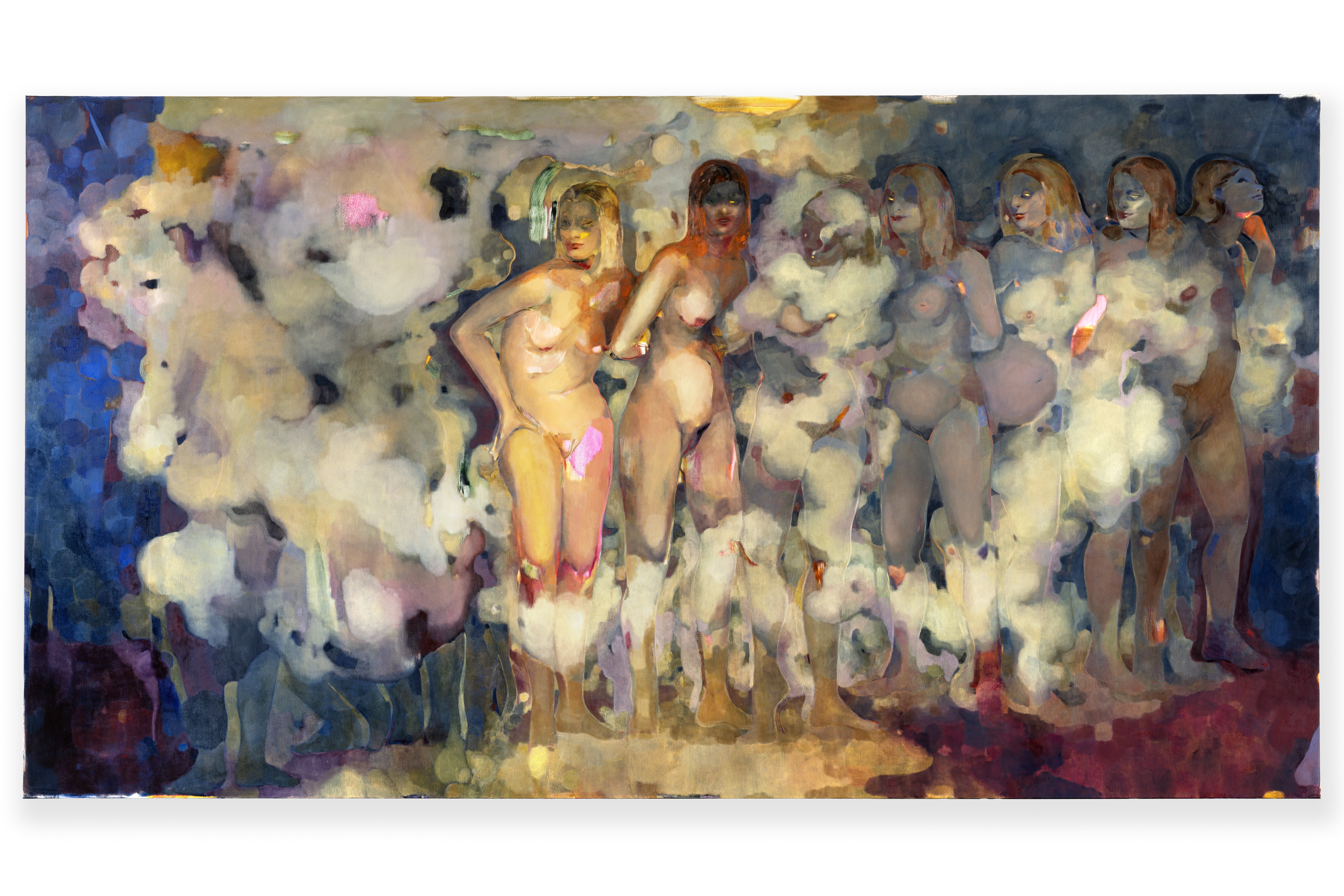 Meet Eva Helene Pade, the emerging artist redefining figurative painting
Meet Eva Helene Pade, the emerging artist redefining figurative paintingPade’s dreamlike figures in a crowd are currently on show at Thaddaeus Ropac London; she tells us about her need ‘to capture movements especially’
-
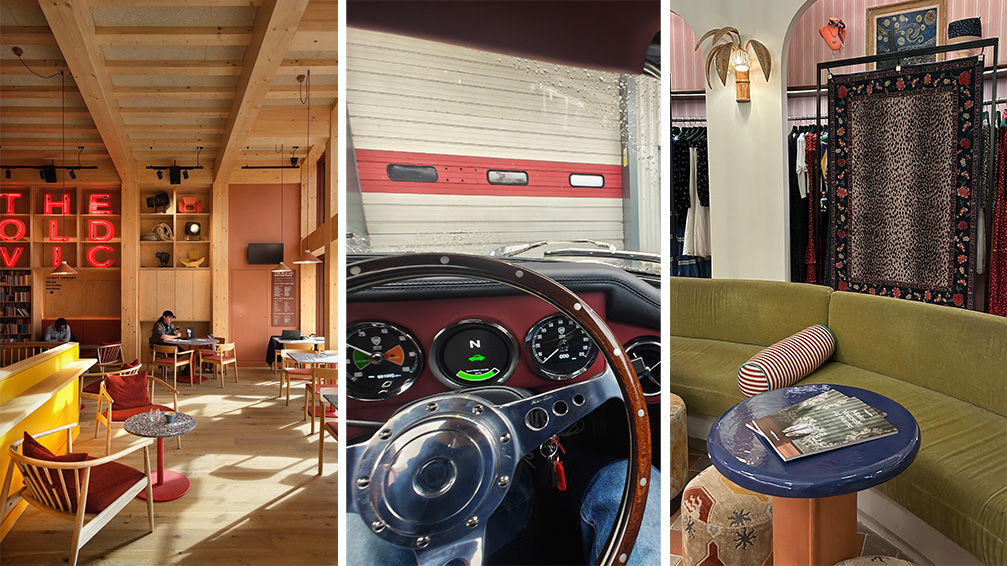 Out of office: The Wallpaper* editors’ picks of the week
Out of office: The Wallpaper* editors’ picks of the weekThe rain is falling, the nights are closing in, and it’s still a bit too early to get excited for Christmas, but this week, the Wallpaper* team brought warmth to the gloom with cosy interiors, good books, and a Hebridean dram
-
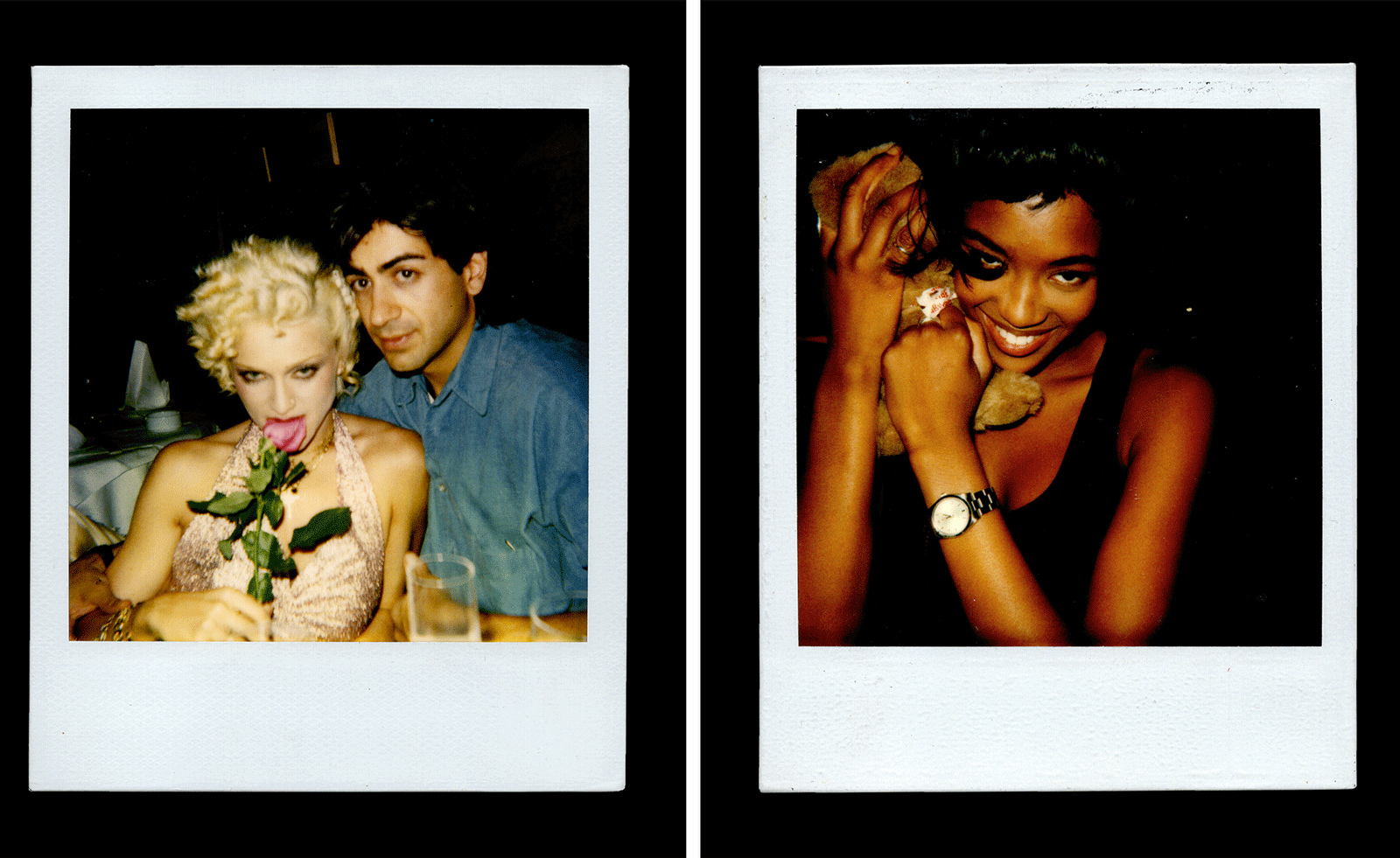 Inside Davé, Polaroids from a little-known Paris hotspot where the A-list played
Inside Davé, Polaroids from a little-known Paris hotspot where the A-list playedChinese restaurant Davé drew in A-list celebrities for three decades. What happened behind closed doors? A new book of Polaroids looks back
-
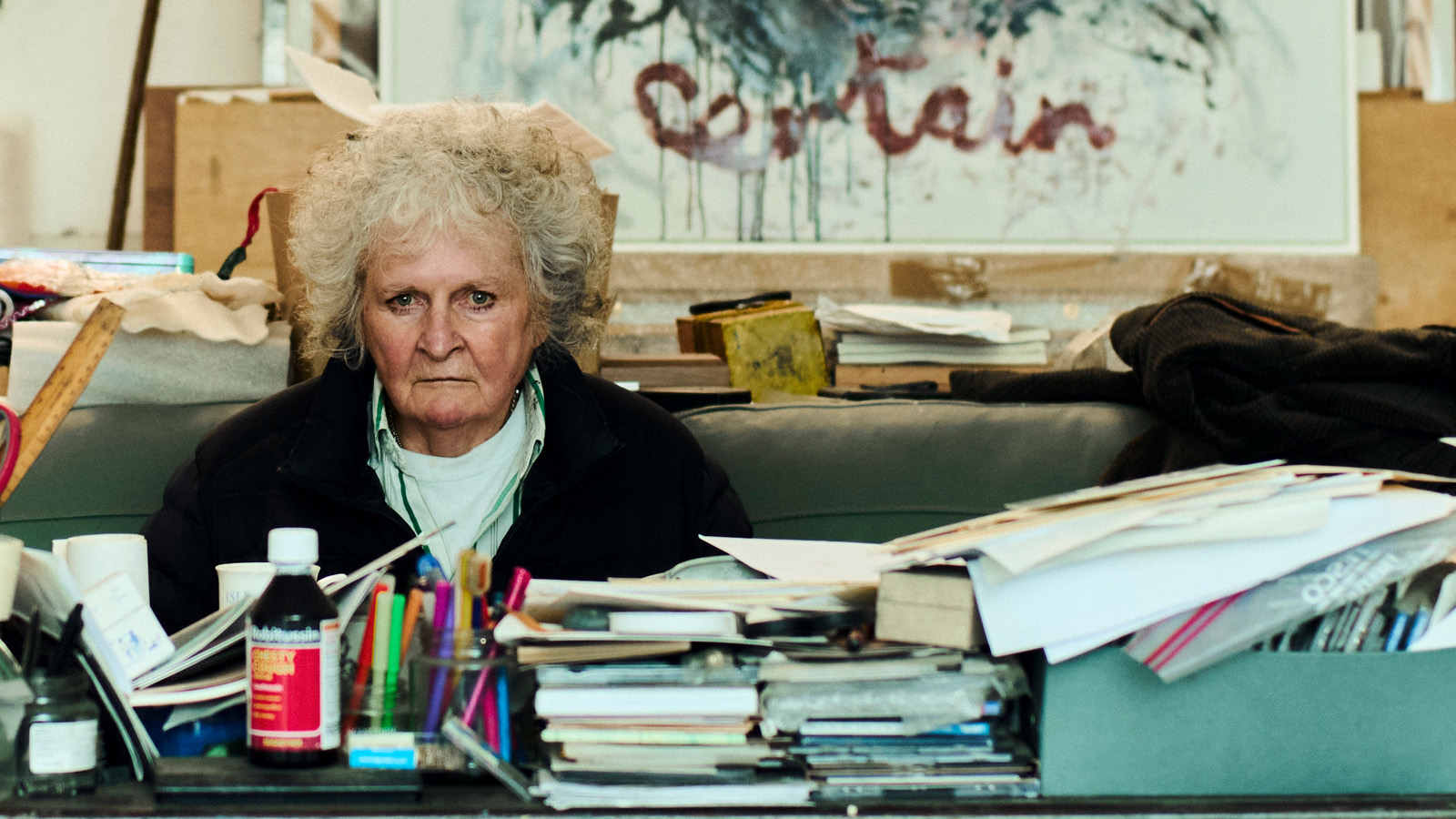 Maggi Hambling at 80: what next?
Maggi Hambling at 80: what next?To mark a significant year, artist Maggi Hambling is unveiling both a joint London exhibition with friend Sarah Lucas and a new Rizzoli monograph. We visit her in the studio
-
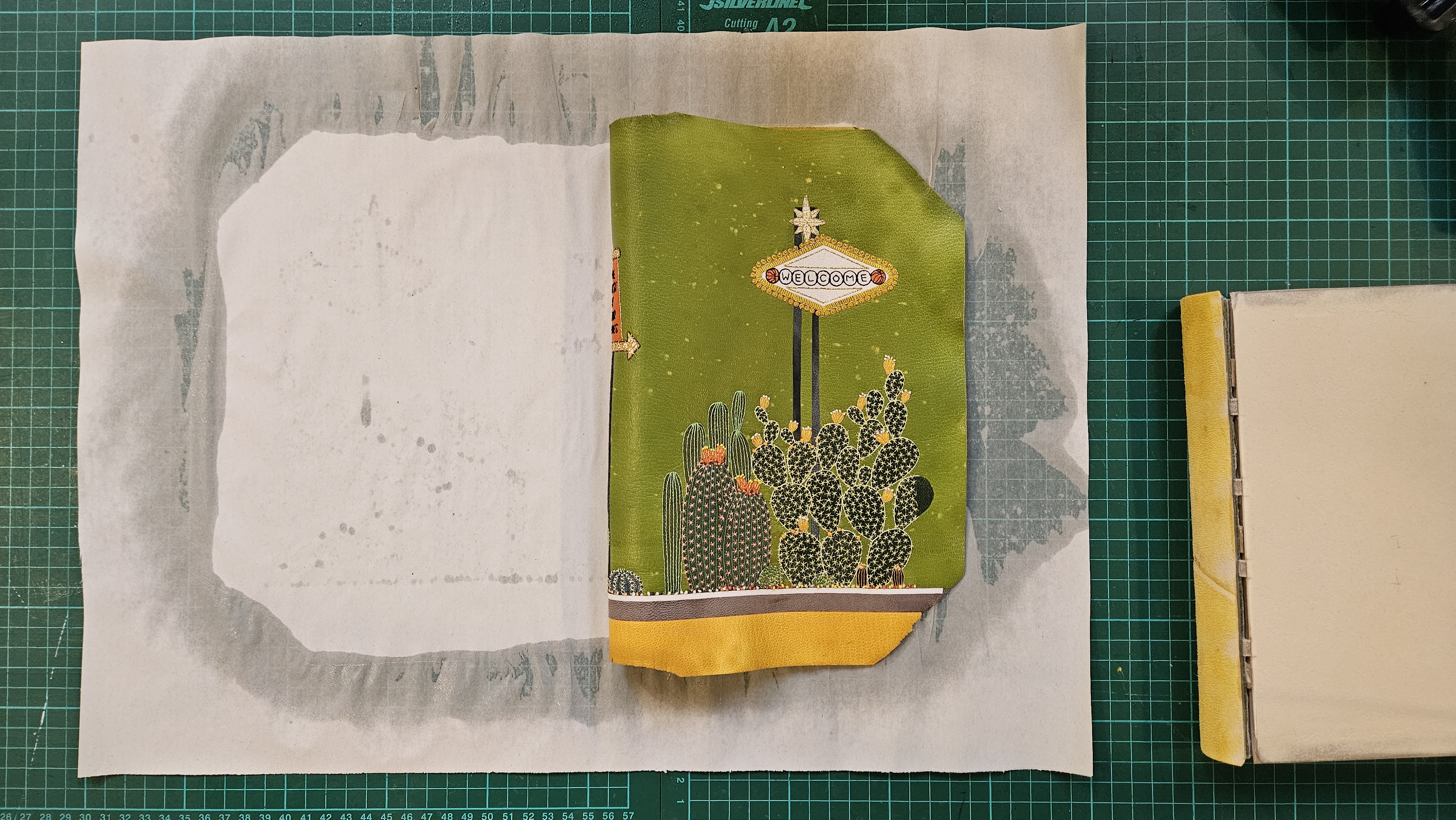 Inside the process of creating the one-of-a-kind book edition gifted to the Booker Prize shortlisted authors
Inside the process of creating the one-of-a-kind book edition gifted to the Booker Prize shortlisted authorsFor over 30 years each work on the Booker Prize shortlist are assigned an artisan bookbinder to produce a one-off edition for the author. We meet one of the artists behind this year’s creations
